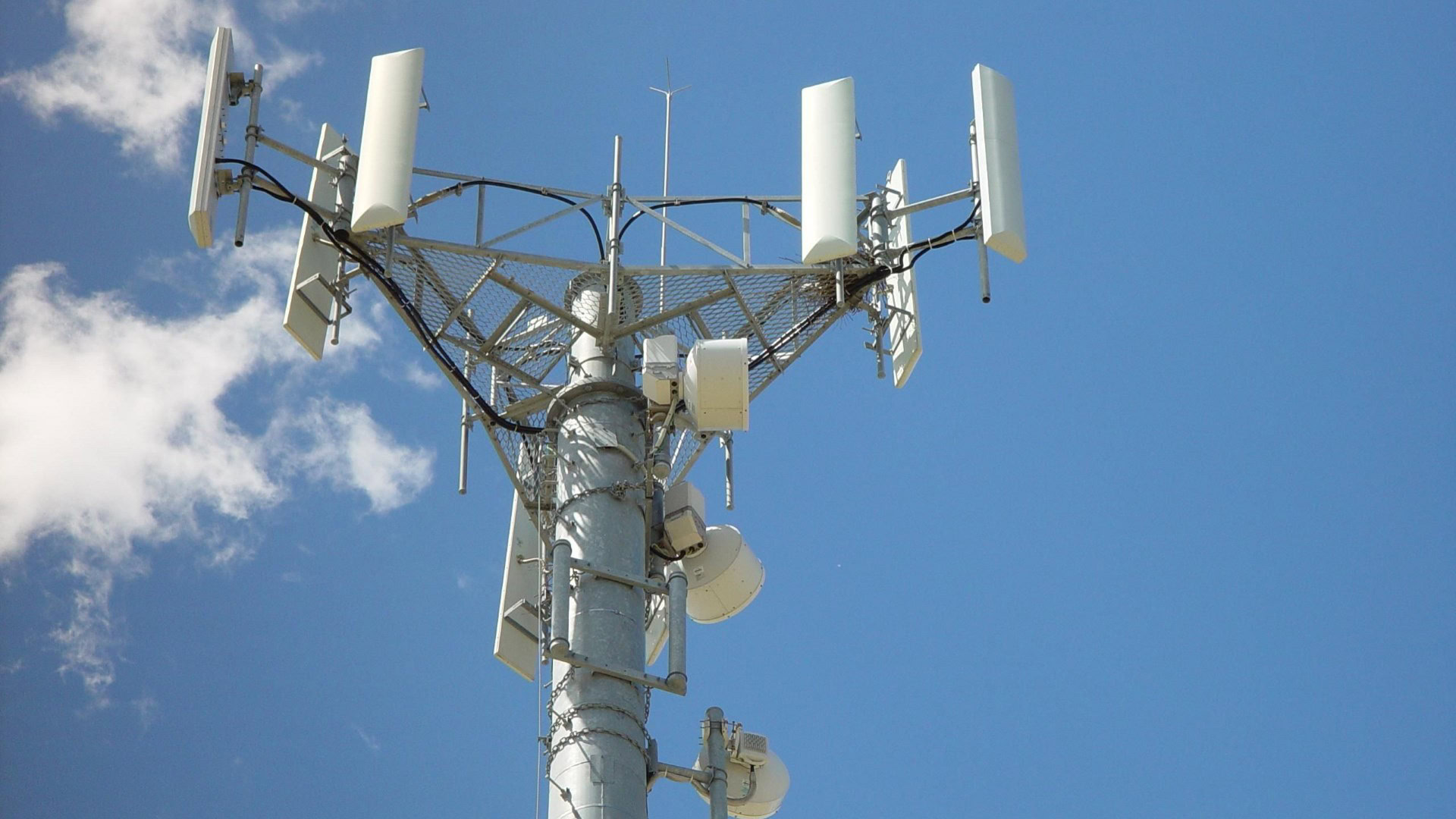Affiliate links on Android Authority may earn us a commission. Learn more.
What will 5G look like? MIT reports

Anybody with even an inkling of interest in the mobile world knows that 5G technology is coming. However, finding someone with a clear idea of what 5G technology entails and what it will look like in the consumer market is a much more difficult task. Fortunately, MIT is here to give us the scoop regarding what to expect from this world-changing network.
We often think of technological development as a gradual thing.After all, the batteries on our smartphones have been essentially the same for years, and each wave of flagship devices produces incrementally advanced iterations of their predecessors. With the advent of 5G, however, what we’re looking at is a revolution.

“I call this the renaissance of wireless,” says Ted Rappaport, the lead wireless researcher at NYU. “There is a confluence of events that will change the world much faster than anybody believed a few years ago.” How quickly? Experts in the industry believe 5G will be a reality within the next 2-5 years. Verizon, AT&T, Samsung, Ericsson, and Nokia are all big names in the industry who are developing equipment to make this possible.
But what makes 5G so different than 4G? The key is in wavelength. 5G networks will use millimeter wave radio, which is frequency on the electromagnetic spectrum that registers above 24 gigahertz. Just this month, the FCC made this spectrum available for commercial use, making the US the first country in the world to have the potential for consumer access to this range. Previously it has only been used for military systems.
“There is a confluence of events that will change the world much faster than anybody believed.
Higher frequency (which is synonymous with shorter wavelength) allows much more information to be transmitted in the same amount of time. However, high-frequency signals fall prey to a unique set of problems. Just as visible light is blocked by physical objects, so too is high-frequency electromagnetic radiation (which is just part of the same spectrum, after all).
Researchers are working around this shortcoming by developing work-arounds that enable millimeter wave signals to “steer” around objects. Samsung, for instance, has created a 32-antenna “phased array” that mitigates this downside.
5G projects have seen data transfer rates of 10 gigabits per second for users moving through crowded areas, and Samsung recently demoed a micro-network that was able to transmit gigabit-per-second data to a car in motion as it moved between the ranges of various mobile transmitters.

4G is essentially 10 times faster than 3G, clocking in at a delightful 10 megabits per second on a good day. 5G will exist in a range spanning between 100 and 1,000 times the speed of 4G.
“What the consumer will see are ever richer experiences and high-resolution video on mobile devices,” says Ken Stewart, Intel’s chief wireless technologist. “Instead of playing Pokémon Go while watching phone screens, they’ll be doing it in fully immersive, 3-D environments with fast refresh rates.”
In short, 5G will be a game changer. And it’s just around the corner.
What are your thoughts regarding 5G and the future of mobile technology? Who will be the first to make this kind of network service a reality? Let us know your take in the comments below!